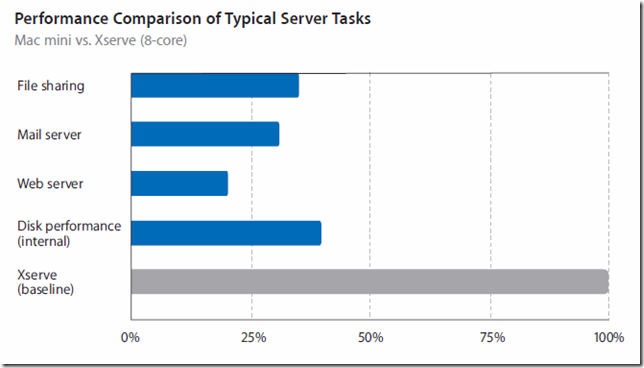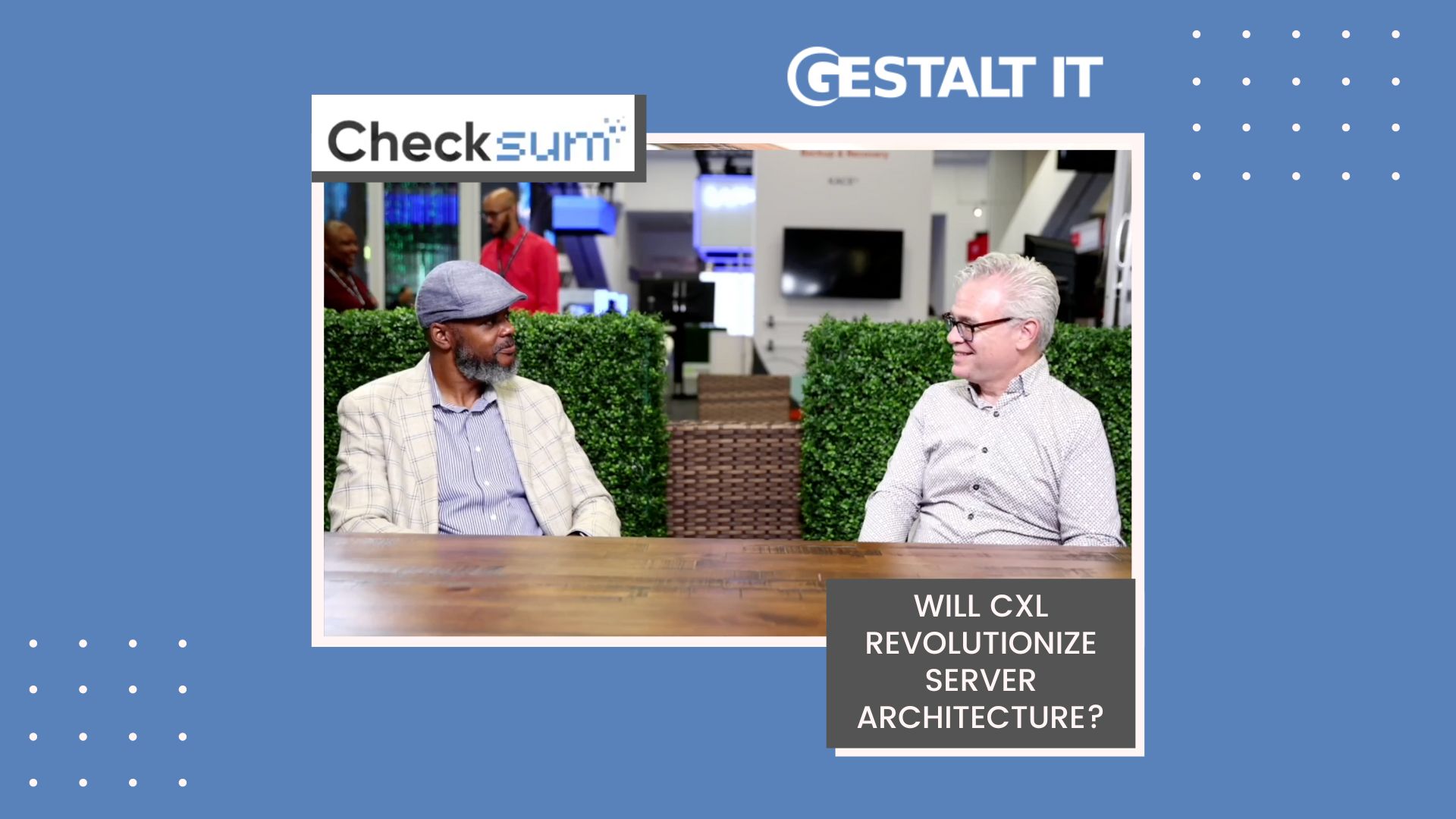Podcast: Play in new window | Download ()
Subscribe: Apple Podcasts | Spotify | Amazon Music | RSS | More
Apple has made the decision, fairly quietly, that they are no longer going to sell Xserve server products past Jan 2011.
The Apple server products have never really been a major player in the server market. An IDC server market share report does not list Apple in the top 5 server hardware vendors. Plus, the combined “Others” row shows —18.5% in Revenue Growth and 10.6% in Market Share. Apple is somewhere in “Others”.
I believe Apple was hoping for the niche market that bolsters their Desktop and Laptop lines to pull in Apple server hardware. Clearly, though, that did not work out.
The major problem with the Apple server situation is that the services provided can be setup for free. The justification to purchase an Apple server was seriously lacking when other BSD-ish distributions and Linux distributions exist for gratis, can run on a broader range of hardware, and does not impose user license fees.
So… it should be no surprise that the Apple Xserve product is dying off. However, what I believe to be more alarming is the alternatives that Apple is providing for those that want to run Apple servers.
Apple has developed configurations of the Mac Mini and Mac Pro that run OS X Server edition. That’s cool, right? So, now people can continue to purchase servers and maintain their environment. Not so fast… if you read the fine print (or the text in the transition document from the Apple website) you will see that these servers are not truly enterprise ready… and, thus, should have even less adoption than before.
The following are some key points to glean from the document:
- Apple will continue to sell drive modules for Xserve until end of 2011 or while supplies last.
- Transition paths include Mac Pro with Snow Leopard Server or Mac Mini with Snow Leopard Server
- “Mac Pro is a viable server alternative to Xserve except where the high-density 1U rack mount form factor is required”.
- Mac Pro and Mac Mini do not support any kind of remote management (“lights-out management (LOM)). But, third party alternatives exist that provide a subset of the LOM functions.
- Mac Pro and Mac Mini do not offer a dual power supply configuration. Rather, you are directed to connect to a dual input UPS. Still, though, no protection against hardware failure.
- Mac Pro uses a larger power supply than an Xserve. Combine that with the more powerful graphics card in the Mac Pro and you get a higher power draw.
- Mac Pro does not support being mounted in a rack. However “two units can fit on a rack-mounted shelf in 12U of space”.
- The Mac Mini does not appear to support any hot swap hard drive functions. So, any drive failure will require downtime.
- Mac Mini does not even come close in server role performance when compared to Xserve:
- Mac Mini has a single 10/100/1000 NIC. A USB NIC (10/100) can be added later if necessary.
- Mac Mini uses less power than an Xserve (I should hope so).
- Mac Mini does not support mounting in a rack.
- Two Minis can be placed on a 1U rack shelf.
- Mounting kits can be purchased from 3rd party vendors.
- Minis can be positioned on the side assuming airflow is still intact.
I am not sure how Apple can seriously believe these are viable alternatives for enterprise computing. While the Mac Pro option does support some great hardware, a server does not need a high end graphics card, does need redundant components, and the amount of space that a single Mac Pro takes in a rack is ridiculous. 1 Mac Pro takes up the same space as 12 U of Xserve servers!. I guess the higher power consumption is OK now because it is unlikely that a Mac Pro consumes as much as 12 Xserve servers. Now, you can be green and save power with the new Mac Pro servers.
- The Mac Mini can hardly be taken seriously as a SMB server. Single NIC, 2 disk local storage, no redundant power supply, and a a dramatic subset of performance statistics is crazy.
- At best, these alternatives are reasonable for a workstation class computer. But, lack of remote management, crazy space requirements, and lack of redundant hardware spells the end of the Apple server market. But, I think they already realize this.
But wait… If I may indulge myself for a moment (which, I guess is my prerogative as this is my blog)… I would like to introduce an alternative that would potentially keep the Mac OS X Server SKU alive. This should come as no surprise to avid readers, but I believe that Apple can befriend VMware and allow the OS X Server to be virtualized.
As is obvious right now, the majority of the Apple server functions are easily reproduced in other environments for little to no cost. However, the value in the server products come in management of the Apple end user workstations/hardware. In an Enterprise environment, which tends to be dominated by Microsoft directory services, Microsoft based clients, etc…, Apple workstations and laptops are popping up here and there. Due to the lack of penetration into the corporate environment, management of these devices becomes a one-off situation… and an IT management nightmare.
By allowing the OS to be virtualized, Apple may find that more and more SKUs are being purchased to help manage those hardware platforms. True, they lose the revenue from the server hardware purchase and maintenance plans. However, they may make up for it in software revenue and increased purchase of client hardware and service plans.
Management of end user devices (patching, policies, user security, etc…) is still a major requirement for success in a corporate environment. Seeing as Apple has just trashed any ability to get into a corporate environment outside of a pure Mac shop, allowing for the virtualization of the OS X Server platform would still allow for revenue on a new SKU for Apple and penetration into the corporate environment, assuming said environments buy in.








